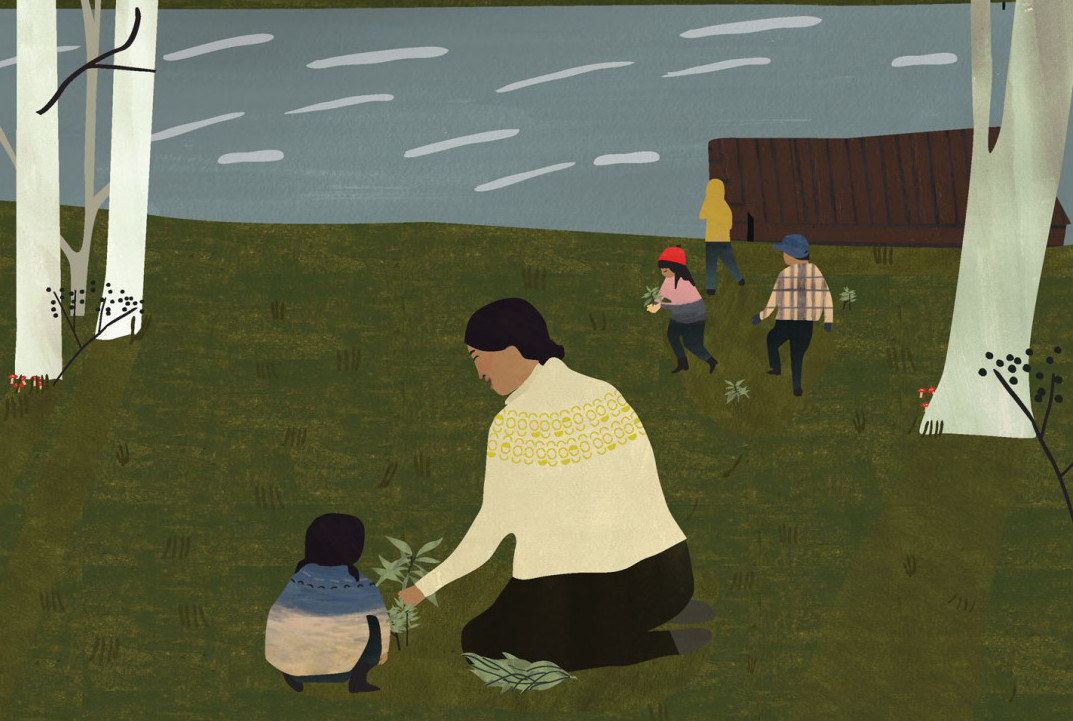
The case for immersion schooling
The past 200 years have been one long funeral march for the world’s languages. No speakers remain of Russia’s Akkala Saami or Brazil’s Xakriabá; Turkey’s Mlahsô and Guinea’s Baga Kalem have vanished from the Earth. In Canada, from the mid-seventeenth century until 1996—when the last of this country’s residential schools was shuttered—Indigenous languages such as Blackfoot, Tuscarora, and Squamish were decimated by church and state. Five-year-olds had glue poured on their tongues, were beaten with straps, sticks, and fists, and taught that their parents’ words came from the Devil.
“Five-year-olds had glue poured on their tongues, were beaten with straps, sticks, and fists, and taught that parents’ words came from the Devil”
In the 1970s, colonized people worldwide began to demand their languages back. In New Zealand, the Māori pioneered the “language nest” approach, which matched children with older speakers. The São Gabriel da Cachoeira municipality of Brazil’s Upper Rio Negro has declared Nheengatú, Tukano, and Baniwa official languages alongside Portuguese. In the British Isles, there has been a resurgence of Welsh, Scottish Gaelic, and Irish.
The key to the future may lie with immersion for second-language learners. In this beautifully written research about the fight to preserve the Cree language in Canada, In Their Own Words, young parents hope to give the gift of language to their children.
